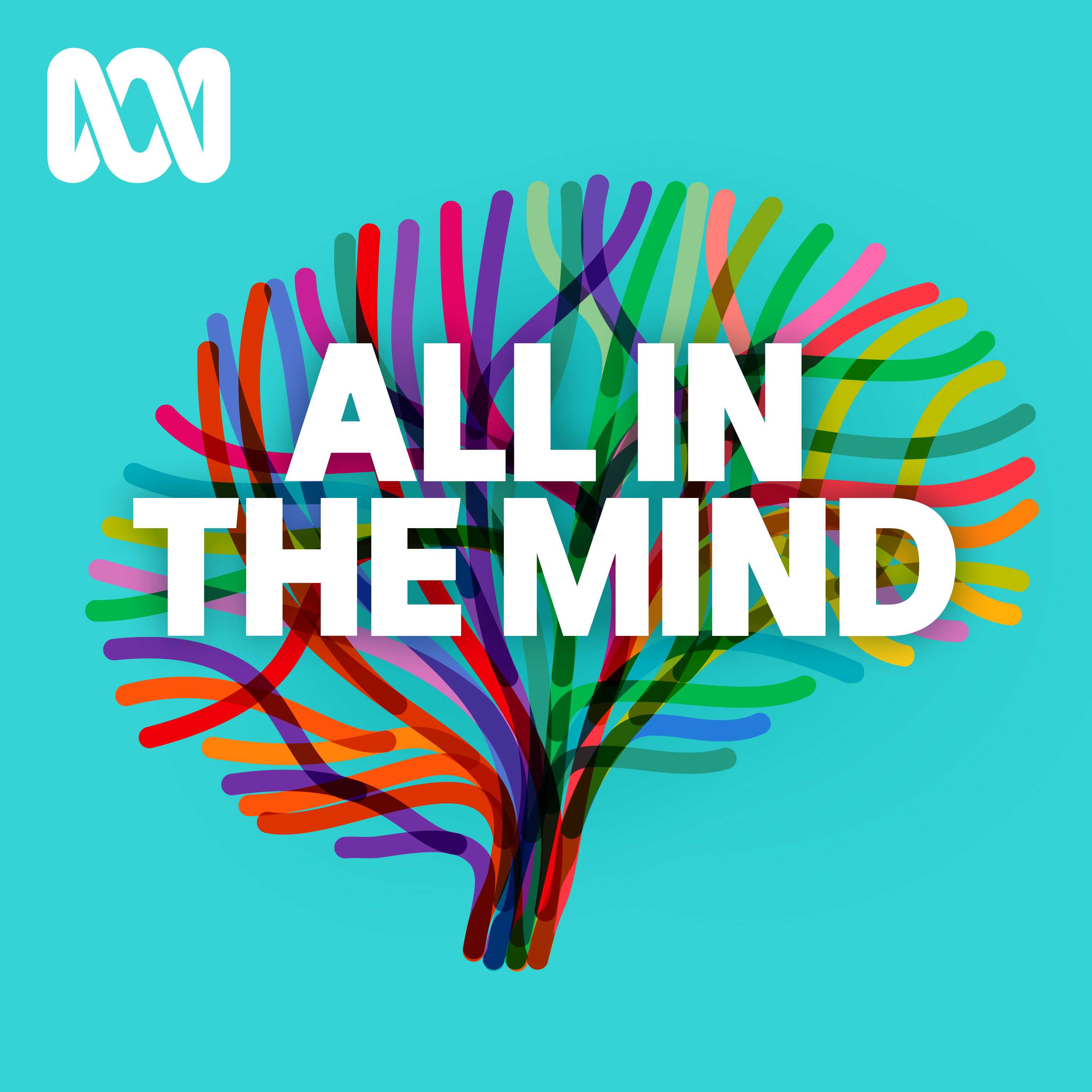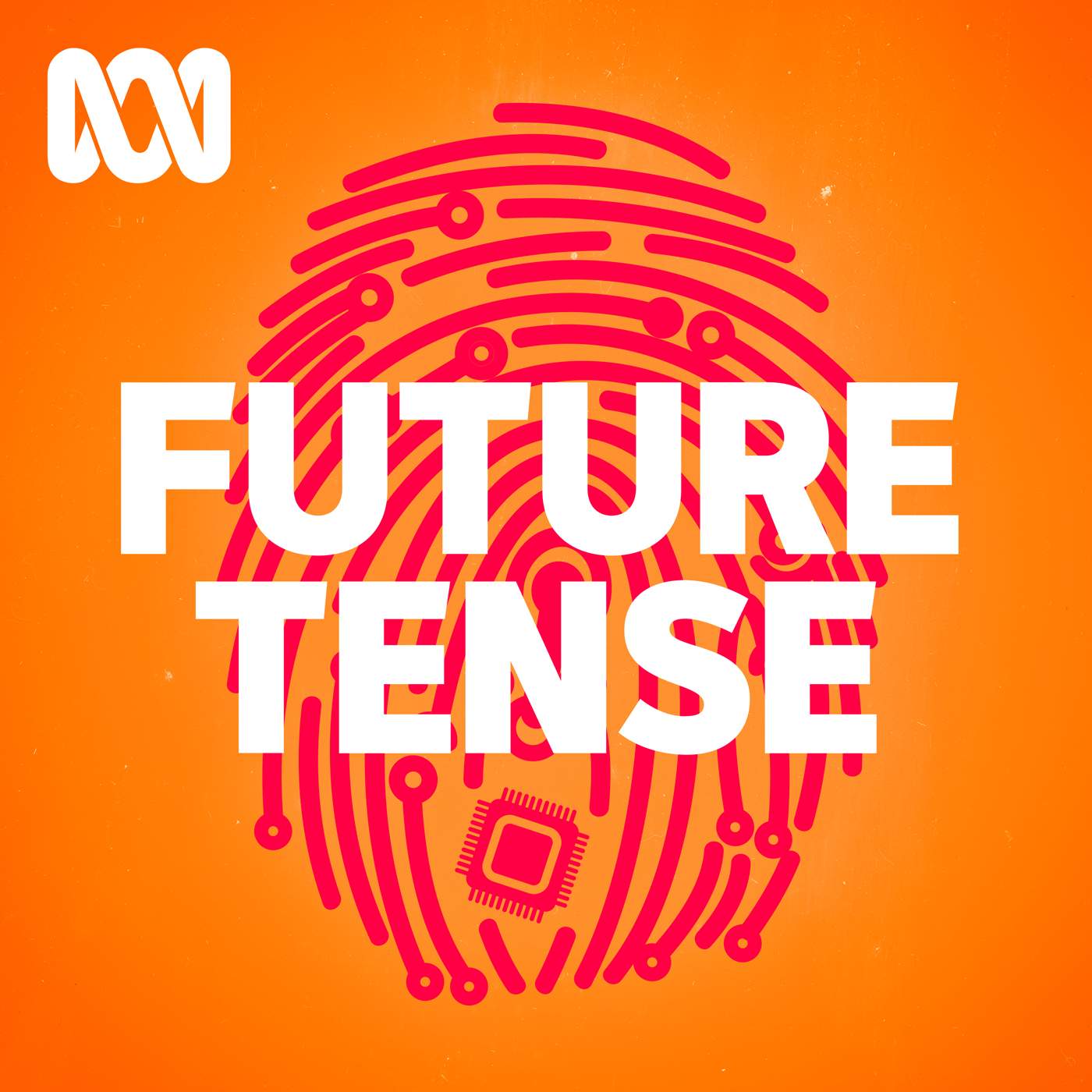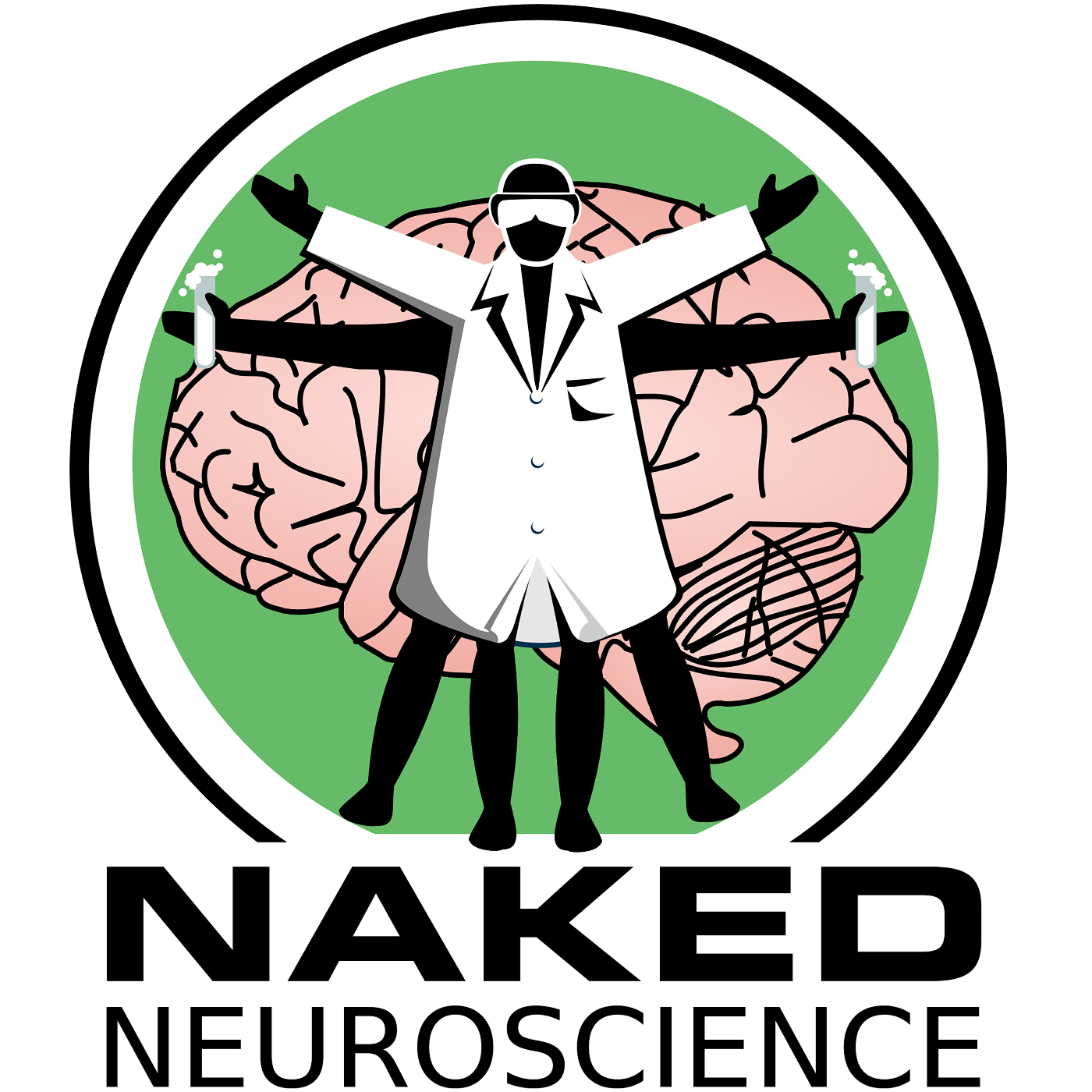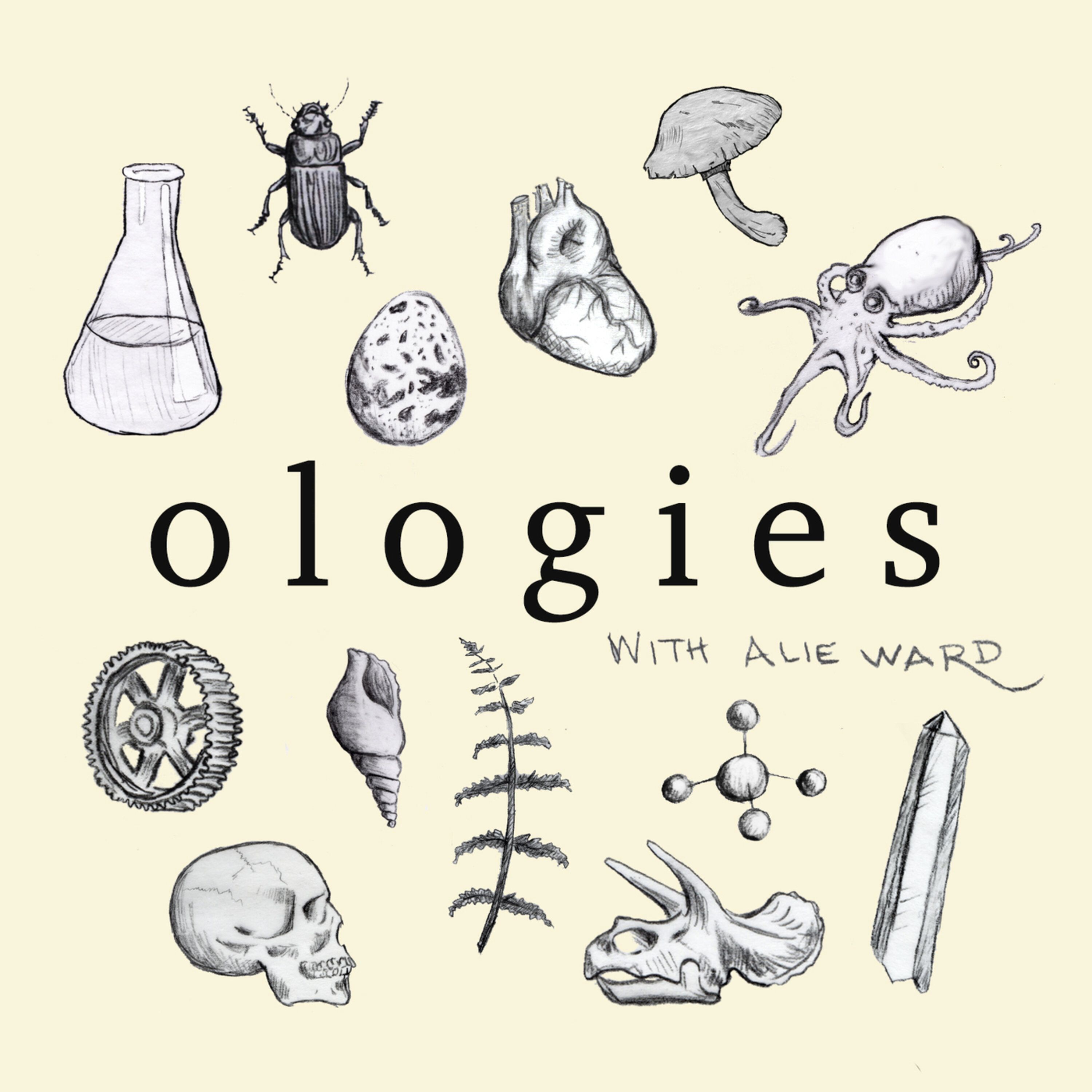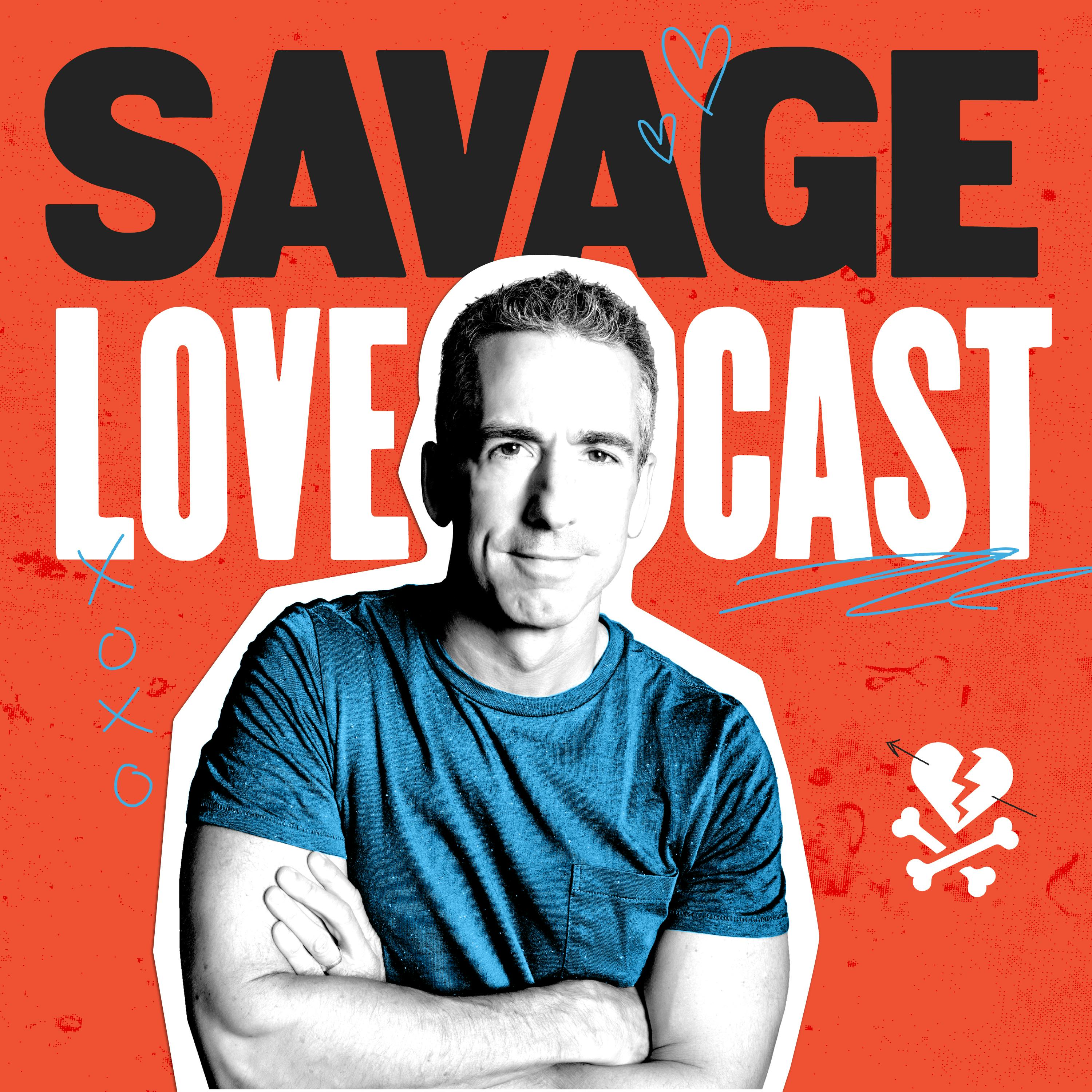
Heliox: Where Evidence Meets Empathy 🇨🇦
Join our hosts as they break down complex data into understandable insights, providing you with the knowledge to navigate our rapidly changing world. Tune in for a thoughtful, evidence-based discussion that bridges expert analysis with real-world implications, an SCZoomers Podcast
Independent, moderated, timely, deep, gentle, clinical, global, and community conversations about things that matter. Breathe Easy, we go deep and lightly surface the big ideas.
Curated, independent, moderated, timely, deep, gentle, evidenced-based, clinical & community information regarding COVID-19. Since 2017, it has focused on Covid since Feb 2020, with Multiple Stores per day, hence a sizeable searchable base of stories to date. More than 4000 stories on COVID-19 alone. Hundreds of stories on Climate Change.
Zoomers of the Sunshine Coast is a news organization with the advantages of deeply rooted connections within our local community, combined with a provincial, national and global following and exposure. In written form, audio, and video, we provide evidence-based and referenced stories interspersed with curated commentary, satire and humour. We reference where our stories come from and who wrote, published, and even inspired them. Using a social media platform means we have a much higher degree of interaction with our readers than conventional media and provides a significant amplification effect, positively. We expect the same courtesy of other media referencing our stories.
Heliox: Where Evidence Meets Empathy 🇨🇦
Antioxidant Polymer Reduces Brain Injury Damage
We've all heard about traumatic brain injuries, but what really happens inside your skull after the initial impact? This isn't just another medical lecture—it's a deep dive into the brain's most insidious survival mechanism.
Imagine a battlefield where your own cells become the enemy. Sixty-one thousand deaths annually. Eighty thousand lives permanently altered. But the real damage? It's not what you think. Our latest episode reveals a shocking scientific frontier: the secondary injury cascade.
Neuroscientists are discovering that the moments, hours, and days following a brain injury are far more critical than the initial trauma. Your brain doesn't just get hurt—it enters a complex biochemical war against itself. Reactive oxygen species, neurotransmitter chaos, and cellular destruction create a perfect storm of potential long-term damage.
But here's the twist: cutting-edge research is showing we might—just might—have a way to intervene. Using advanced polymer science and a deep understanding of cellular mechanics, researchers are developing strategies that could fundamentally change how we treat brain injuries.
This is Heliox: Where Evidence Meets Empathy
Independent, moderated, timely, deep, gentle, clinical, global, and community conversations about things that matter. Breathe Easy, we go deep and lightly surface the big ideas.
Thanks for listening today!
Four recurring narratives underlie every episode: boundary dissolution, adaptive complexity, embodied knowledge, and quantum-like uncertainty. These aren’t just philosophical musings but frameworks for understanding our modern world.
We hope you continue exploring our other podcasts, responding to the content, and checking out our related articles on the Heliox Podcast on Substack.
About SCZoomers:
https://www.facebook.com/groups/1632045180447285
https://x.com/SCZoomers
https://mstdn.ca/@SCZoomers
https://bsky.app/profile/safety.bsky.app
Spoken word, short and sweet, with rhythm and a catchy beat.
http://tinyurl.com/stonefolksongs
Curated, independent, moderated, timely, deep, gentle, evidenced-based, clinical & community information regarding COVID-19. Since 2017, it has focused on Covid since Feb 2020, with Multiple Stores per day, hence a large searchable base of stories to date. More than 4000 stories on COVID-19 alone. Hundreds of stories on Climate Change.
Zoomers of the Sunshine Coast is a news organization with the advantages of deeply rooted connections within our local community, combined with a provincial, national and global following and exposure. In written form, audio, and video, we provide evidence-based and referenced stories interspersed with curated commentary, satire and humour. We reference where our stories come from and who wrote, published, and even inspired them. Using a social media platform means we have a much higher degree of interaction with our readers than conventional media and provides a significant amplification effect, positively. We expect the same courtesy of other media referencing our stories.
All right. Welcome back to the deep dive. You know, we love diving into the complex stuff, and today is no exception. We're going to be tackling a topic that you, the listeners, have brought to us. It's a really critical area, and that's traumatic brain injury or TBI. You've sent us actually some really fascinating material from sort of the foundational information all the way up to looking at some really promising new research on treatment for TBI. Yeah, it seems like based on all the stuff you sent our way, there's a lot of info to cover. And so we really want to clarify, I guess, like the difference between, you know, the immediate harm caused by TBI and then, you know, the sort of cascade of events that can happen that can lead to further damage. So we'll be kind of exploring like what unfolds in the brain, like in the hours, days, weeks after that initial impact. And, you know, looking at some of the innovative work that's being done that's aiming to reduce those kind of later consequences. a huge issue and that's why, you know, understanding all this is so important. For sure. I mean, brain injuries, they just have such a profound impact on people's lives. So, yeah, really, really important to understand this stuff. So I guess, like, what's the kind of the central question then that we want to focus on in this deep dive? So, I mean, based on what you've been sending over, I think the real question is like, OK, we know the initial trauma, the impact causes damage right away. But what exactly happens in the brain after that, like in the following hours, days, weeks, And I guess even more importantly, what what can we potentially do about it? Like what strategies are being developed to kind of intervene and make things better for people? Right. So let's start maybe by getting a clear picture of what's known as primary brain injury. From what I understand, and this is what you've probably seen in the research you've done, This is the damage that happens instantaneously right at the moment of impact. The direct result of the brain being subjected to these physical forces. Yeah, exactly. You hit the nail on the head, it's all about the immediate damage. It's that mechanical energy causing displacement, deformation, all those delicate structures in your brain getting messed up. It's a disruption right away of the brain's physical integrity. It's kind of a tough thing to think about. Yeah, it is. And it's kind of hard to wrap your head around all the different types of injuries that can happen. But that Wikipedia page you sent was really helpful. It kind of lays out all the different ways the brain can be damaged right at the moment of impact. Like there's intracerebral hemorrhage, which is like leading directly within the brain tissue itself. Right, right. then there's the hemorrhages that happen around the brain to not just inside it like subdural and subarachnoid hemorrhages those are you know bleeding in the spaces surrounding the brain all right and then there's that other one epidural hemorrhage which I always mix up that's the one that occurs between the skull and the outermost layer of the brain yep that's the one and we can't forget about cerebral contusions basically bruises on the brain tissue and cerebral lacerations which are you know know, actual tears. And then there's the one we talked about before, axonal stretch injury. Super important because it involves those long nerve fibers, the axons, you know, that help different parts of the brain communicate. When those get stretched or torn, well, things can get really bad. Yeah, that makes sense. I mean, like, it's pretty intuitive that that would severely disrupt the brain's ability to. to send signals. So, okay, we've got this, like, overview of all these types of injuries. But I'm curious, like, what are the actual, the fundamental mechanisms, you know, at play here? Like, what's happening at a cellular level due to that force? Well, you know... From what we've seen in the research, there are a couple of key things happening. Of course, there's the direct bruising, the contusions we talked about. That's pretty straightforward. But then there's the damage to blood vessels, which leads to all those hemorrhages. And like we said, axonal shearing is a big one. Right. Right. And then, you know, you also have potential damage to the blood brain barrier. That's like the protective shield between the brain and the bloodstream and the meninges, the membranes surrounding the brain. Those can be damaged, too. And then there's just this general nonspecific death of brain cells simply because of the force of the impact. So it's a lot happening all at once. Yeah, no kidding. It really is. And I noticed, you know, going back to that Wikipedia entry, there's this concept of a tissue deformation threshold. What is that exactly? Okay, so this is where things get really interesting. See, different parts of the brain, they have different levels of vulnerability to this mechanical stress. So this threshold, it refers to how much force a specific type of brain tissue can handle before it gets injured. I see. And because, you know, different areas of the brain have different compositions and structures, they might respond differently to the same impact. Like myelinated tissue, which has that fatty insulation around the nerves, that might react differently compared to other tissue types. So some areas are just more sensitive to force than others? Exactly. And they might experience more deformation under the same impact. So basically some parts of the brain are just more prone to primary injury than others. It's like, you know, some materials are more brittle than others. Yeah, that makes sense. So different parts of the brain have different levels of resilience, you could say. But the main takeaway with primary injury seems to be that it's, you know, largely irreversible. It's the immediate damage and that sets the stage for what's next, which is secondary brain injury. Exactly. And that's where we start to see even more complexity, but also more opportunities, I guess you could say, for treatment and interventions. So secondary brain injury then. How is that different from this immediate damage we've been talking about? So secondary brain injury is the damage that's, it's not directly from the force itself, it's kind of like the after effects. You know, it's a whole bunch of cellular and molecular processes that get triggered by that primary injury. And this plays out over time, you know, over hours, days, even weeks after the initial trauma. And it's a big deal, right? Like looking at these sources, it seems like secondary brain injury is really significant. In fact, Wikipedia even says that a lot of TBI related deaths don't even happen right away. But days or weeks later, that's pretty sobering. Yeah, absolutely. I mean, secondary injury is a huge player in how bad the brain damage is and what ultimately happens to someone who's had a TBI. Yeah. And, you know, the fact that something like 40 percent of TBI patients actually get worse after they're hospitalized just shows you how powerful these ongoing processes are. They can actually damage neurons that weren't even hurt in the initial impact. Wow. So it's like this initial trauma really sets off a chain reaction in the brain and it just keeps going. So what are some of the like. the key complications, I guess you could say, that make up secondary brain injury? What's going on in there? Well, there are a lot of factors, unfortunately. One of the big ones is ischemia. Basically, that's not enough blood flow to the brain. And when you don't have enough blood flow, you don't have enough oxygen, right? So that leads to cerebral hypoxia. And then you've got hypotension, which is just really low blood pressure. And then there's cerebral edema, which is swelling in the brain. And that swelling, it can increase the pressure inside the skull, which is really dangerous. And then, of course, changes in cerebral blood flow and high intracranial pressure, they can lead to something called brain herniation, which can be fatal. Brain herniation, that's when parts of the brain get squeezed, right? Like past other structures in the skull? Exactly. It's a very serious situation. And then you've got other things that can contribute too, like hypercapnia, which is too much carbon dioxide in the blood, and acidosis, where the blood is too acidic. infections like meningitis and brain abscesses can cause problems too. So we've got all these different things going on. And I remember reading something about neurotransmitters being involved too. How do they play into all of this? Ah, yeah, neurotransmitters. They're super important. So basically TBI can mess with how these neurotransmitters, which are the brain's chemical messengers, how they're released. And when you have an imbalance, especially too much of certain excitatory neurotransmitters, you get this thing called excitotoxicity. excitotoxicity yeah it's basically overstimulation of neurons which actually ends up damaging them and can even kill them it's kind of counterintuitive and part of that process is the production of these these harmful free radicals and over time all of this can even contribute to neurodegenerative diseases so it's like the brain's own communication system backfires and ends up hurting it And I also saw something about a loss of cerebral autoregulation. What is that exactly? So cerebral autoregulation is how the brain keeps its blood flow steady even when blood pressure changes. Normally, the blood vessels can adjust. They can constrict or dilate to make sure the brain is getting enough oxygen and nutrients. But after TBI, that ability can get messed up, and then you get unstable blood flow, which can lead to more ischemia and hypoxia. Gotcha. Gotcha. and to make matters worse the blood-brain barrier which we said could be damaged in the primary injury can break down even more and when that happens harmful stuff from the bloodstream can get into the brain just like one thing after another so wikipedia also pointed out that ischemia is like a leading cause of secondary brain damage and it mentioned that the same mechanisms are at work in other types of brain injuries too like strokes or oxygen deprivation that's a pretty interesting connection i think think. Yeah, that's a key point. A lot of the cellular and biochemical stuff happening in secondary injury, it's the same stuff that happens in other situations where the brain's been hurt. So studying strokes and hypoxia, that can teach us a lot about what's going on after a TBI. Like there's this concept of the ischemic cascade that happens after a stroke. Basically, when blood flows cut off, it triggers a whole chain reaction of bad things. And that's very similar to what happens in secondary brain injury after trauma. So the same bad stuff can happen from different causes, basically. Right. And that brings us to that article you sent, the one focusing on these reactive oxygen species that are produced during the secondary phase. Right. So what are they and why are they so bad? Well, these reactive oxygen species, they include what we often call free radicals. They're these unstable, highly reactive molecules. Now, they're a normal byproduct of, you know, how cells work. But after a brain injury, way more of them get produced. And the problem is they're so reactive that they can mess up cells by, like, changing proteins and even breaking DNA strands. And if this goes on for too long, it can cause serious long-term problems for the brain. Like the article even mentioned that these things are involved in diseases like Alzheimer's, Parkinson's, and ALS. So it sounds like, okay, primary injury, there's not much we can do about that after it happens. But this secondary injury because it develops more slowly there might be a chance to do something exactly with primary injury It's so fast. There's not much you can do to directly treat it I mean the best thing is to prevent the initial trauma in the first place But because secondary injury takes time we have a window of opportunity to try and stop some of that damage So that's where treatments come in, right? Exactly. Like one of the first things we do when treating TBI is try to prevent complications like hypoxia. And then there's all sorts of research going on into different therapies that can help protect the brain during that secondary phase. And that's what's so cool about that article you sent about the research on antioxidants. Yeah. They're basically trying to fight those reactive oxygen species, right? The idea is that if we can get antioxidants into the brain, they can neutralize those harmful molecules and hopefully help the brain recover better in the long run. And in this study, they were using something called theol groups. These are chemical structures that have a sulfur atom bonded to a hydrogen atom. And the article mentioned something about the sulfur atom being like... really attracted to that hydrogen's electron. Yeah. So sulfur really wants to snag that electron from hydrogen. And that's important because it means thial groups can easily donate electrons. And that's how they neutralize those reactive oxygen species. They basically stabilize those unstable molecules. Right. Okay, so that's how they work. But how do you actually get them into the brain where they need to be? That's where the material science part comes in, right? Exactly. They figured out a way to incorporate these thiol groups into polymers. Polymers are basically these long chains of molecules, and they can be used to deliver drugs and other things to specific parts of the body. Makes sense. But there was a little snag. See, thiol groups, they can actually mess up the process of making polymers. So they had to get a little creative. They used something called a monomer, which is like the basic building block of a polymer. And this monomer had a special protecting group attached to the file. That basically hid the reactive part of the Thiel while they were making the polymer. Oh, that's clever. It's a way to make polymers that are very specific and controlled so you know exactly what you're getting. And they also added a water-soluble comonomer, which basically makes the polymer dissolve in water. That's important because it means it can travel through the bloodstream and eventually get eliminated through the urine. So they've got these water-soluble polymers with their protective thiol groups all ready to go. What happens next? Well, next comes the really important part, testing. Testing. They had to see if these polymers actually worked. Of course. So they did a bunch of different tests. First, they used some techniques like UV visible spectrophotometry to see how well the polymers could neutralize reactive oxygen species in the lab. And they found that their polymer could neutralize hydrogen peroxide by up to 50% and another bad molecule, acryline, by almost 100%. Then they did some other tests using fluorescent proteins. Those showed that the polymers could protect those proteins from free radical damage. So in the lab, things were looking pretty good. What about in animals? That's when things got really exciting. They gave these theopolymers to mice that had just had a TBI. And when they looked at the mice's brains, they could see that the polymer went right to the damaged areas. And most importantly, it actually protected the brain from further damage. That's amazing. Yeah, it really is. The mice that got the treatment, their levels of reactive oxygen species were only about 3% higher than normal. But the mice that didn't get the treatment, their levels were 45% higher. That's a huge difference. Wow, that's incredible. So these polymers are like going in there and actually doing their job. Yeah, it seems that way. But of course, more research is needed. They need to do more studies in animals to make sure these initial results hold up and to see if there are any long-term side effects. Right. They're also working on a way to make the process of putting thiols into nanoparticles cheaper. If they can do that, they can deliver even more of the file and it can stay in the bloodstream longer, which would be even better for protecting the brain. And the ultimate goal is to test this in people who have had TBIs, you know, from things like car accidents, falls, sports injuries. So this research is offering some real hope for people with TBI that maybe we can actually do something to help them recover better. Absolutely. And it shows how important it is to understand all the stuff that happens after the initial injury, that secondary injury cascade, because that's where we might be able to make a real difference. So to kind of sum things up, we talked about the difference between primary brain injury, which is that immediate damage, and secondary brain injury, which is all the stuff that happens afterward. And we saw how complex and damaging that secondary injury can be. Yeah. There's inflammation, excitotoxicity, those reactive oxygen species. It's a lot to deal with. But then we talked about this really cool research into antioxidants, specifically these thiol polymers, that could potentially protect the brain from some of that damage. And the main takeaway is that while primary injury is usually irreversible, secondary injury is something we can potentially treat. And since a lot of the bad outcomes from TBI come from secondary injury, this research is really, really important. So this has been a really fascinating deep dive into a really important topic. And it's amazing to see how scientists are using like cutting edge material science and their knowledge of biology to develop these new treatments. It's really inspiring. Yeah, it's amazing what we can do when we really put our minds to. it. So to wrap things up, here's a final thought for our listeners. You know, considering how secondary brain injury develops over time, how might our understanding of recovery and the support that people need after TBI, how might they need to change as we learn more about these processes and as we develop new treatments? It's a really complex and constantly evolving picture. Thanks for joining us for this deep dive. We'll see you next time.


